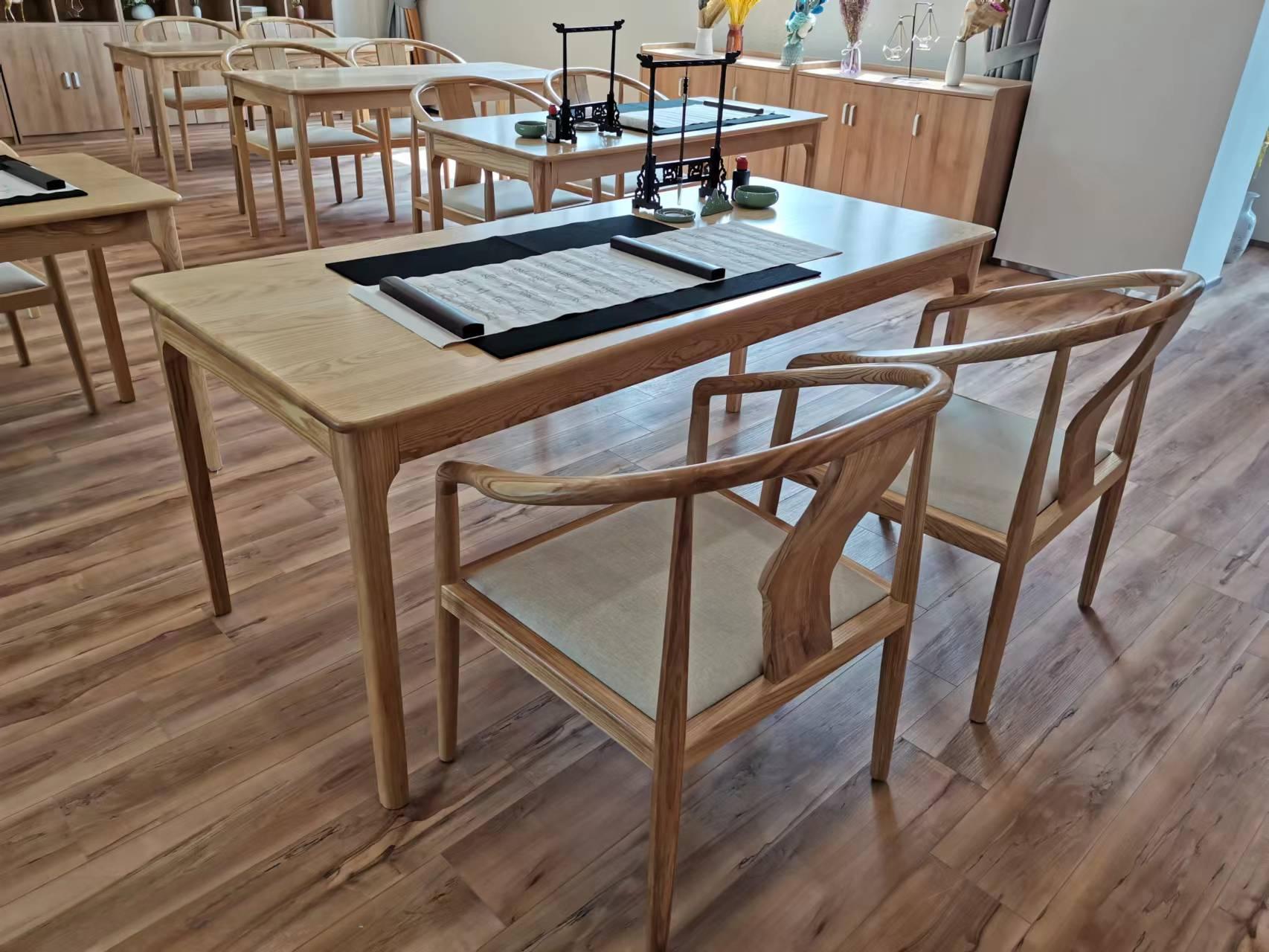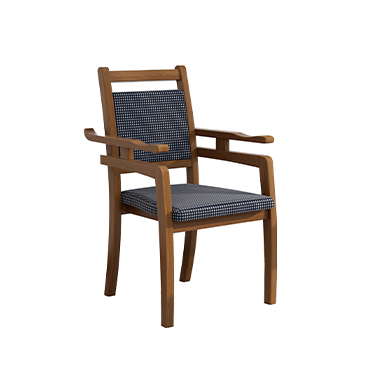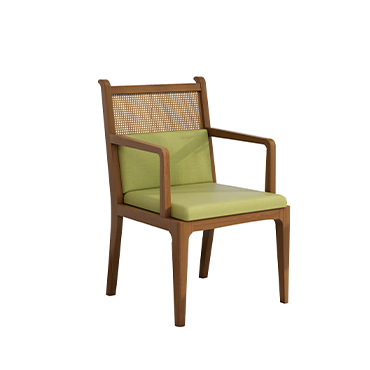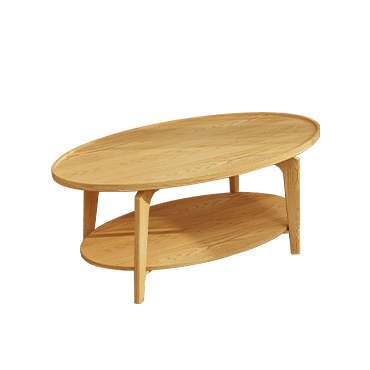How Age-Friendly Furniture Enhances Social Interaction in Senior Living Spaces
Meta Description:
Discover how age-friendly furniture promotes social interaction among seniors through smart design, comfortable seating, and inclusive space planning.
As the global population continues to age, improving the quality of life for older adults has become a growing concern. Among many aspects of senior well-being, social interaction plays a vital role in maintaining both mental and physical health. Age-friendly furniture is not only about comfort and safety—it also serves as a powerful tool to promote social engagement. Thoughtfully designed furniture and space layouts can greatly enhance seniors' ability to connect, participate, and thrive in community environments.
1.Creating Warm, Open Shared Spaces
Many senior homes or residential settings feature isolated or closed-off layouts that limit interaction. In contrast, age-friendly furniture for senior living helps encourage communication by:
Encouraging circular seating arrangements: Using U-shaped sofas or round dining tables allows for face-to-face conversation;
Creating intimate discussion corners: Small 2-4 seat setups paired with warm lighting encourage relaxed chats;
Modular design for flexibility: Furniture that can be easily rearranged supports both small gatherings and larger group activities.
These designs are key when planning furniture for elderly communities and senior living facilities.
2.Reducing Physical Barriers to Participation
Seniors may hesitate to join group activities due to mobility challenges or discomfort. Functional, supportive furniture can remove these obstacles:
Optimal seat height for easy sitting and standing: Ergonomically designed elderly chairs and benches enhance comfort and confidence;
Armrests and support features: Provide stability when moving or standing, reducing fall risk and encouraging longer participation;
Wheelchair-friendly designs: Wider walkways and proper table clearance make inclusive interaction easier for all users.
These features are essential in furniture for assisted living and rehabilitation centers.
3.Designing Themed Interaction Zones
Age-friendly furniture can be used to define different zones within a shared space, encouraging specific types of social activities:
Game and reading corners: Cozy chairs, good lighting, and a quiet atmosphere support shared reading or board games;
Craft and tea tables: Larger round tables with adjustable height are perfect for group crafts or afternoon tea sessions;
Outdoor interaction areas: Patios or gardens with non-slip chairs, umbrellas, and natural elements encourage casual outdoor gatherings.
When thinking about how furniture helps seniors socialize, these interaction zones are crucial.
4.Using Style and Color to Foster Connection
Furniture design isn’t just about function—it also sets the emotional tone of a space. Warm, inviting aesthetics help people feel more relaxed and open:
Soft, calming color schemes: Shades like light wood, cream, or pastel green create a soothing environment;
Coordinated design styles: A consistent interior look makes the space feel intentional and comfortable;
Conversation starters: Customized patterns or traditional furniture elements can spark memories and invite storytelling.
This approach enhances both the visual and emotional comfort of furniture for seniors.
- Furniture + Activity = Meaningful Social Routines
Furniture is the stage, but social activities are the performance. When paired with well-planned group events, age-friendly furniture becomes even more valuable:
Tea breaks, music sessions, holiday events, and interest clubs thrive when supported by suitable tables, sofas, and chairs;
Easy-to-clean and moveable furniture enables quick reconfiguration of spaces;
The result is a complete environment where physical space, activity, and emotional connection come together naturally.
This is especially important in inclusive space planning for older adults.
Conclusion: Furniture as a Bridge Between People
In senior care facilities, community centers, or home environments, age-friendly furniture goes beyond safety and accessibility. It helps build spaces where seniors are willing to “sit down and connect.” When designed with empathy and purpose, furniture for elderly well-being becomes a bridge that links people, fosters companionship, and supports active aging.





